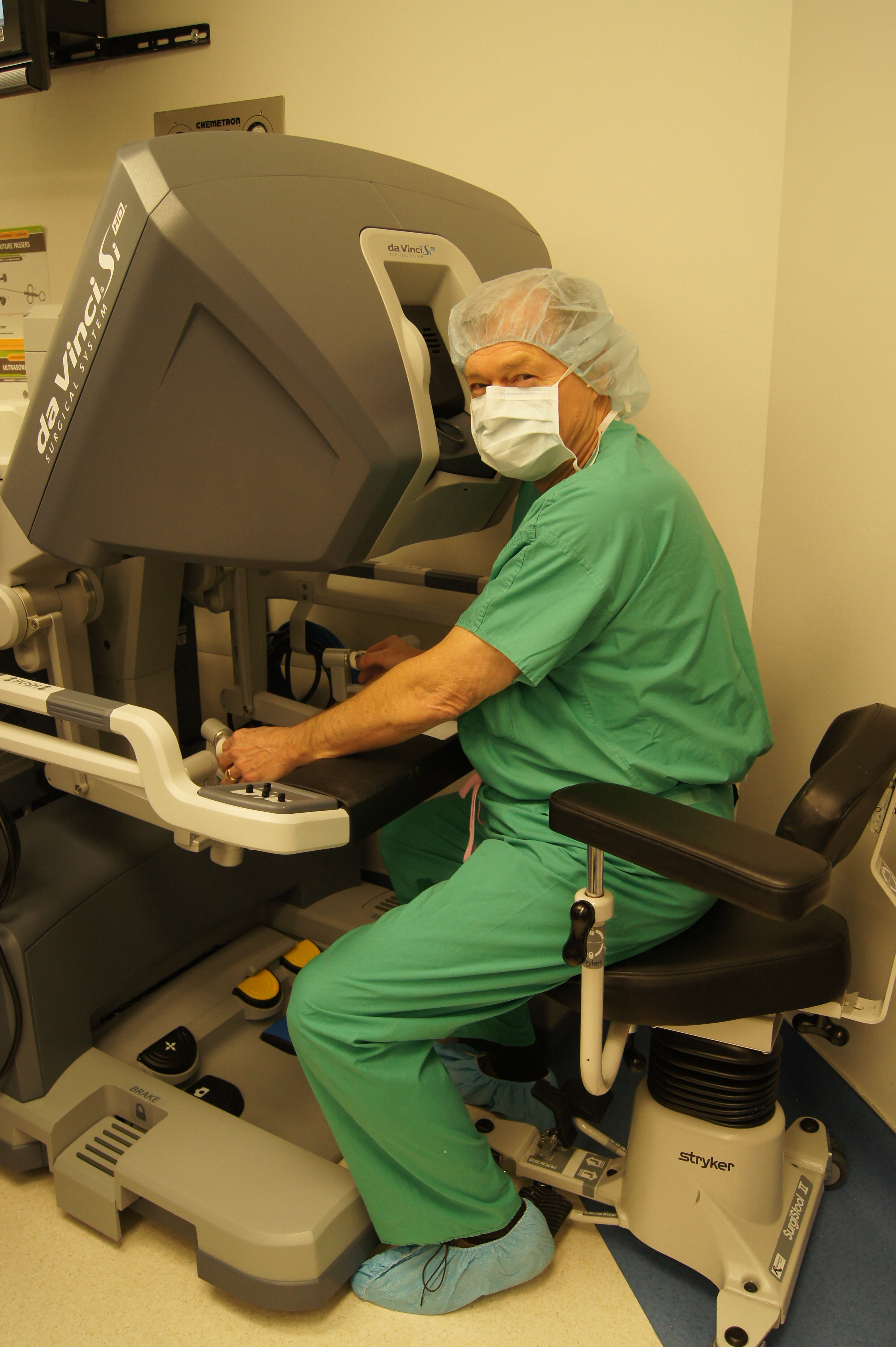 By now you’ve probably heard your Texas Fertility Center (TFC) team using such terms as laparoscopy, hysteroscopy and endoscopy. These are all references to minimally invasive surgical techniques used at TFC. Endoscopy uses a viewing device to help view, diagnose and treat anatomical causes of infertility. An endoscope is simply a telescopic tool, and one more concept to add to your ever-growing infertility vocabulary.
By now you’ve probably heard your Texas Fertility Center (TFC) team using such terms as laparoscopy, hysteroscopy and endoscopy. These are all references to minimally invasive surgical techniques used at TFC. Endoscopy uses a viewing device to help view, diagnose and treat anatomical causes of infertility. An endoscope is simply a telescopic tool, and one more concept to add to your ever-growing infertility vocabulary.
TFC Embraces State-of-the-Art Surgical Techniques
Laparoscopy … hysteroscopy … both are endoscopic techniques. This elongated lighted device can accommodate microsurgical instruments and a tiny camera for relaying images to a video monitor.
Your fertility specialist at TFC is a formally trained reproductive surgeon. Each doctor uses this minimally invasive technique to identify anatomical causes of infertility. With endoscopy, we can visualize the pelvic region, remove tiny samples of tissue for biopsy, or even perform entire surgical procedures through 2-3 tiny incisions.
A hysteroscopy doesn’t even require incisions; it merely involves inserting an endoscope vaginally and through the cervix to examine the inside of the uterus.
Fertility Surgery: If We Can See It, We Can Treat It
Once your TFC fertility surgeon has confirmed the presence of a growth, adhesion or other anatomical cause of infertility, he or she can almost always treat the problem with laparoscopic surgery at the time of the diagnostic procedure.
Manipulating tiny instruments through the endoscope while viewing surgical progress on a monitor, allows us to be able to excise unwanted tissue, growths or obstructions, and, if need be, send the specimen to a pathology lab for further testing.
This kind of microsurgery helps to ensure minimal discomfort and fast recovery times compared to traditional “open” techniques (larger incisions). But even if we progress to a more invasive approach, the use of the endoscope for diagnostic purposes can still spare you a preliminary exploratory surgery.
Feel free to contact The Texas Fertility Center with any questions you may have about minimally invasive endoscopic diagnostic and surgical procedures to identify anatomical causes of infertility. We are experts at scoping out solutions to your infertility issues!














Comments are closed.